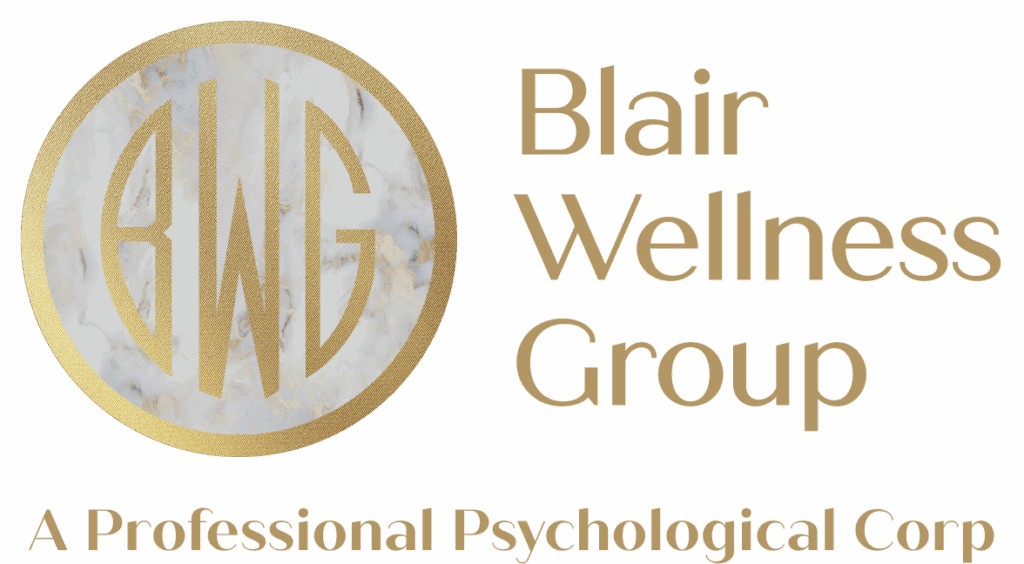Barbara had fallen in love, so much in love that when she was with her “significant other,” Bob, she felt truly alive and excited. When she was away from him, she was lonely and felt desperate to get back to his side again. In a way, this situation would seem to describe a powerful romance. She was head-over-heels in love with Bob.
In confidence with her psychologist, however, Barbara admitted that she’s been in love like this several times before. She has had a history of new loves of her life on an almost regular basis. Time after time, however, the love affair would begin to go bad. Her “loves” would leave her, or, on the other hand, she would “dump” them. Barbara’s life was filled with a strong alternating emotional highs and lows. It was beginning to worry her. “I was getting nowhere in my life but just getting hurt on a regular basis.” She would have a relationship for three weeks, but she would worry, fret, stew, and obsess over it for three months. The love affair was a high, but when it fell apart, there would be deep depression. She began to see her situation as similar to that of an alcoholic: the affair was the drunk, but the depression afterwards was the hangover. The “hangovers” were getting harder and harder to take.
Finally, at the age of 30, Barbara went to a psychologist. A friend had told her that she was suffering from a “love addiction.” Thinking about it, Barbara began to realize, through the adrenaline highs and lows, her romantic affairs was a kind of addiction.
In talking this over with the psychologist, she came to realize that her attachments to her short-term boyfriends were not love so much as they were a response to a addictive need: the addictive need to be :in love.” She also learned that she was not alone in being addicted to love. She was tired of it, however. As she put it, “When I was 22, I could take the ups and the downs, but at 30, after having the same thing happen over and over again for several years, I realized that things were going to have to change.” Otherwise, she realized, the next lover would not be the last, but just the “next” who would, also, before long, be replaced by the next one, and so on and on. She said, “I think that I need to make a change, but I don’t know how do it or what a change would be like.” The recurring cycles of love affairs, breakups followed by more love affairs and breakups had become vicious cycle, love addiction.
For various kinds of additions, there have been developed programs to help: Alcoholics Anonymous, Overeaters Anonymous, and Gamblers Anonymous are just a few of them. A common addiction which has been ignored people who are addicted to love relationships. It has been estimated that six percent of the population are love or sex addicts.
The interesting about this is that the effect of being in love creates changes in the body’s chemistry having effects like cocaine. Thus, the results are similar—addiction.
Just like, for an alcoholic, the first drink leads to an expectation and desire for the next drink, for a love addict, each affair, despite the fact that it was followed by down period and depression, just like the alcoholic’s hangover, does not significantly diminish the desire for the next drink, the next love affair is needed. In time, for the alcoholic, the need for the next drink becomes insatiable. In the same way with love addiction, each “hangover” is not powerful enough to diminish the desire for the next “love” experience.
Love addiction can be successfully treated by various forms of psychological treatment: Cognitive Behavioral treatment, Psychodynamic treatment, Dialectical Behavioral treatment, Gestalt treatment and Psychoanalysis.
Next: Love Addiction, Part Two….
Dr. Cassidy Blair is a renowned Licensed Clinical Psychologist and trusted Performance Coach who specializes in providing Concierge-Psychological Care and Executive Coaching for high-achieving professionals. With a deep understanding of the unique challenges faced by CEOs, executives, entrepreneurs, and leaders, Dr. Blair offers tailored, confidential care designed to foster emotional well-being, personal growth, and professional excellence. Her clientele values her discretion, clinical expertise, and emotionally intelligent approach to navigating complex personal and professional dynamics.
- This author does not have any more posts.




